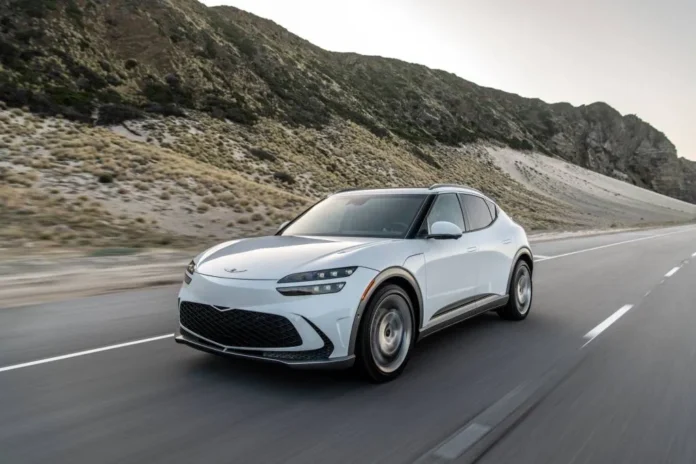Many of the world’s hardest-to-decarbonize industries face a similar challenge: how to obtain the white-hot heat their operations need — without using fossil fuels.
RedoxBlox, a San Diego-based startup that landed $31 million in venture investment on Wednesday, says it has found a clever way to achieve this task: using the power of chemical reactions to store energy at 1,500 degrees Celsius for hours at a time.
That’s one way to describe the electrochemical storage breakthrough that RedoxBlox has been working on commercializing for the past four years. At its heart is a proprietary metal oxide developed by company co-founder James Klausner that’s capable of undergoing a reversible redox cycle — a chemical reaction that can discharge a blast of energy.
The firm is still in the early stages compared with some of its thermal storage competitors, but aims to eventually help industries from food processing to chemical and cement production clean up their heating.
Industry accounts for roughly 30 percent of global carbon emissions, said CEO Pasquale Romano — and most of those emissions come from fossil-fueled high-heat processes. The industrial sector remains well behind in its effort to decarbonize as rapidly as is needed to combat climate change.
Ever-cheaper renewable energy — the main tool for decarbonizing sectors like electricity, transportation, and building heating — is making thermal energy storage solutions like RedoxBlox’s more economically viable as replacements for fossil-fueled industrial heating. But these technologies still have to prove themselves capable of doing the job.
The science behind RedoxBlox’s “booster storage”
Redox, or reduction-oxidation, reactions are the driving force behind energy storage technologies such as redox flow batteries. But unlike other redox-based batteries — and standard lithium-ion batteries — RedoxBlox’s systems don’t store electrical energy in electrochemical bonds.
Neither do RedoxBlox systems store heat only, as is the approach of its thermal storage competitors like Antora Energy, Brenmiller Energy, Calectra, Rondo Energy, and others that have received hundreds of millions of dollars of investment over the past decade or so.
Instead, RedoxBlox passes electricity through its storage material, contained inside steel pressure vessels, Romano said. “The current passing through the storage material heats it up, because the storage material is effectively a resistor,” he said — that is, it heats up much like the coils on an electric stove do.
Some heat batteries use resistive heating materials like these, while others use materials like rocks and bricks to absorb heat delivered via separate resistive heating elements. In both cases, heat is what’s being stored, rather than electricity.
RedoxBlox’s process differs by using a redox reaction to squeeze more heat out of its thermal storage system than would be possible otherwise. Romano called it a “booster” for energy storage.
When the startup’s proprietary metal oxide reaches temperatures between 1,000 and 1,500 degrees Celsius, “the redox reaction starts,” Romano said. That reaction involves the chemical separation of oxygen within the metal oxides, “and when that oxygen breaks off, the chemical process is endothermic — it’s absorbing heat that’s caused by the electrical current,” he said.
In essence, that high-temperature chemical reaction increases the energy stored within the system above and beyond the heat that’s contained within the storage medium, which in RedoxBlox’s case is its proprietary metal oxide.
But dispatching that additional energy requires reversing the redox cycle. To do so, RedoxBlox blows air through the storage material. The oxygen in that air is “causing the redox reaction to go in the opposite direction,” Romano said — and that reaction is exothermic, or heat releasing. That provides an extra energy boost to what would otherwise be an unadulterated transfer of heat from the storage medium to the air blowing through it.
“It’s holding up the temperature higher than if you were blowing air across it and using the heat only,” he said. “That means in an industrial application that needs super-hot air, we spend a lot more time hanging out in the 1,500 to 1,200 [degrees Celsius] zone before you have to charge it up again.”
Source link by Canary Media
Author Jeff St. John
#RedoxBlox #raises #31M #commercialize #energy #storage #booster








